I have table in SQL Server say "Temp" and it has Addr1, Addr2, Addr3, Addr4 columns and some additional columns also there.
These Addr1, Addr2, Addr3 and Addr4 are nvarchar type. when I check the size of this column by object explorer. it shows all of them in nvarchar(100).
But when I check them using Alt + F1. It shows the details in Result Pane with the length as 200. screenshot is below.
why there is different? If I enter more than 100 characters, I'm getting truncation errors? seems like it taking only 100 characters.
can you please let me know what is the length value specifies ?
Thanks, Prakash.

